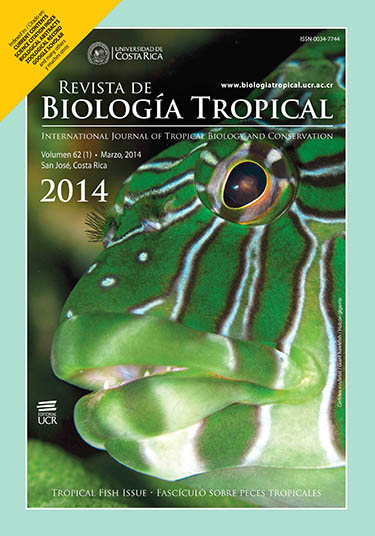Abstract
The genus Nupela comprises ca. 50 species that generally have a distribution restricted by bioclimatic frontiers. As part of an integrated analysis of the diatom flora of Colombia, in this study we focused our interest on the genus Nupela from lowland waters. Periphyton samples were collected from 150 sites of lotic water bodies in Colombia, taking into account hidrogeomorfological variability. In each sampling station, periphyton samples were obtained by scraping, and temperature, pH, dissolved oxygen and conductivity variables were measured. Samples were processed by both light microscopy (LM; Carl Zeiss Axio Scope.A1) and scanning electron microscopy (SEM; FEI-Quanta 450 and a Jeol JSM-6360 LV). The genus Nupela was found in 28 sites. Five taxa were identified, described and illustrated from tropical or subtropical environments: N. lesothensis, N. praecipua y N. subpallavicinii; these were new records for Colombia, and N. acaciensis and N. catatumbensis two new species for science. N. acaciensis is characterized by raphe branches of both valves equally long combined with cymbelloid symmetry, striae built by 2 transapically elongated areolae that delimit a longitudinal line at each hemivalve. N. catatumbensis is characterized by the presence of a well developed raphe in both valves; valves lanceolate with subcapitated to capitated ends and cymbelloid symmetry, striae built by 3-4 transapically elongated areolae, interestriae elevated as transapical ribs and internal proximal raphe ends hook-shaped. The genus Nupela was widely distributed in the studied basins but showed different distribution patterns: N. acaciensis and N. subpallavicini had a restricted distribution, while N. catatumbensis, N. lesothensis and N. praecipua had a wider distribution, and were collected in sites with significant variations in their ecomorphology, altitude, temperature, pH and electrolyte content.


